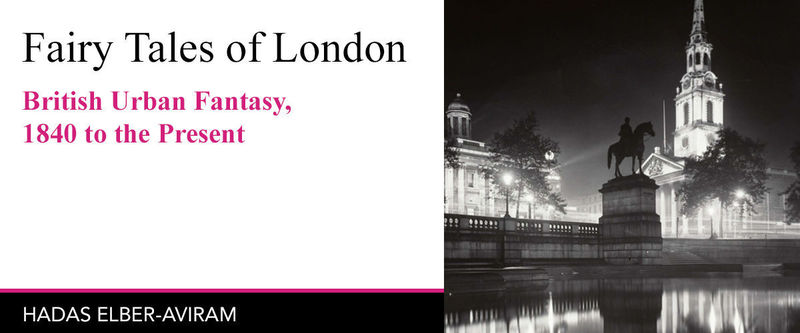An odd unlikeness of itself: ‘moor eeffoc’ London
G. K. Chesterton hailed Dickens as the evoker of ‘the unbearable realism of a dream’,59 where ‘things seem more actual than things really are’.60 The ‘whole secret of that eerie realism’,61 according to Chesterton, could be found in the deepest trauma of Dickens’s life: his agonizing year of labour at Warren’s Blacking factory, at the age of twelve. Copious ink has been spilled on the impact of the Warren’s Blacking episode on Dickens’s fiction.62 For the purposes of this study, its chief interest lies in Dickens’s boyhood experiences in a London coffee shop on St Martin’s Lane, near the church of St Martin-in-the-Fields, to which he went for refreshment during the long days of his labour. As suggested by Chesterton and further argued by this book, the young Dickens’s visits to this coffee shop were nothing short of the originary cause of his ‘romance of familiar things’, to paraphrase Dickens’s preface to Bleak House and his ‘Preliminary Word’. These visits lit the spark that ignited his life-long aspiration to re-imagine London fantastically. For Chesterton, Dickens’s experiences in this coffee shop were the key to his ‘after-writings’:
[Dickens] mentions among the coffee-shops into which he crept in those wretched days one in St. Martin’s Lane, ‘of which I only recollect that it stood near the church, and that in the door there was an oval glass plate with “COFFEE ROOM” painted on it, addressed towards the street. If I ever find myself in a very different kind of coffee-room now, but where there is such an inscription on glass, and read it backwards on the wrong side, MOOR EEFFOC (as I often used to do then in a dismal reverie), a shock goes through my blood.’63
This transformation of coffee room into moor eeffoc, the sudden realization that London could be seen anew, and differently, from the inside of the café and through the glass darkly of an oval glass plate embedded in the coffee-shop door, the sign inverted and inscribed in mirror writing, was the formative experience that brought forth Dickens’s defamiliarized vision of a London ‘unlike itself ’. It was this special vision of an odd London, a London unsettled from its own likeness, and its reversed typographical correlative, which was at the core of Dickens’s legacy to the London fantastic.
You can watch a recording of the book launch here and purchase the monograph here.
59 G. K. Chesterton, Charles Dickens (1906), in Chesterton on Dickens, ed. Alzina Stone Dale, vol. 15 of The Collected Works of G. K. Chesterton (San Francisco: Ignatius, 1989), 65 (29–209).
60 Ibid.
61 Ibid.
62 See F. S. Schwarzbach, Dickens and the City (London: Athlone, 1979).
63 Chesterton, Charles Dickens, 65.
Hadas Elber-Aviram, Fairy Tales of London: British Urban Fantasy, 1840 to the Present (London: Bloomsbury, 2021), 6-8.
